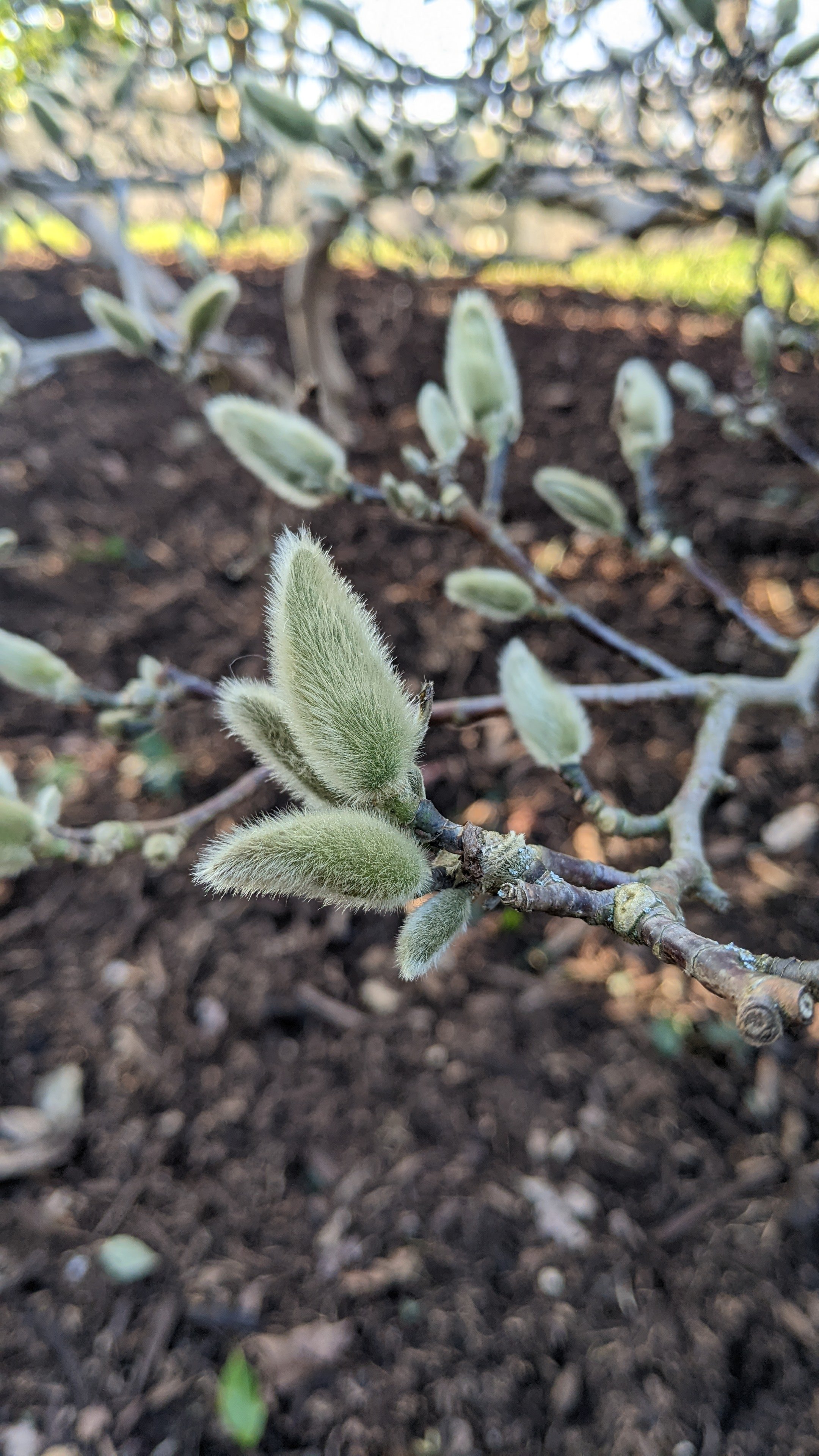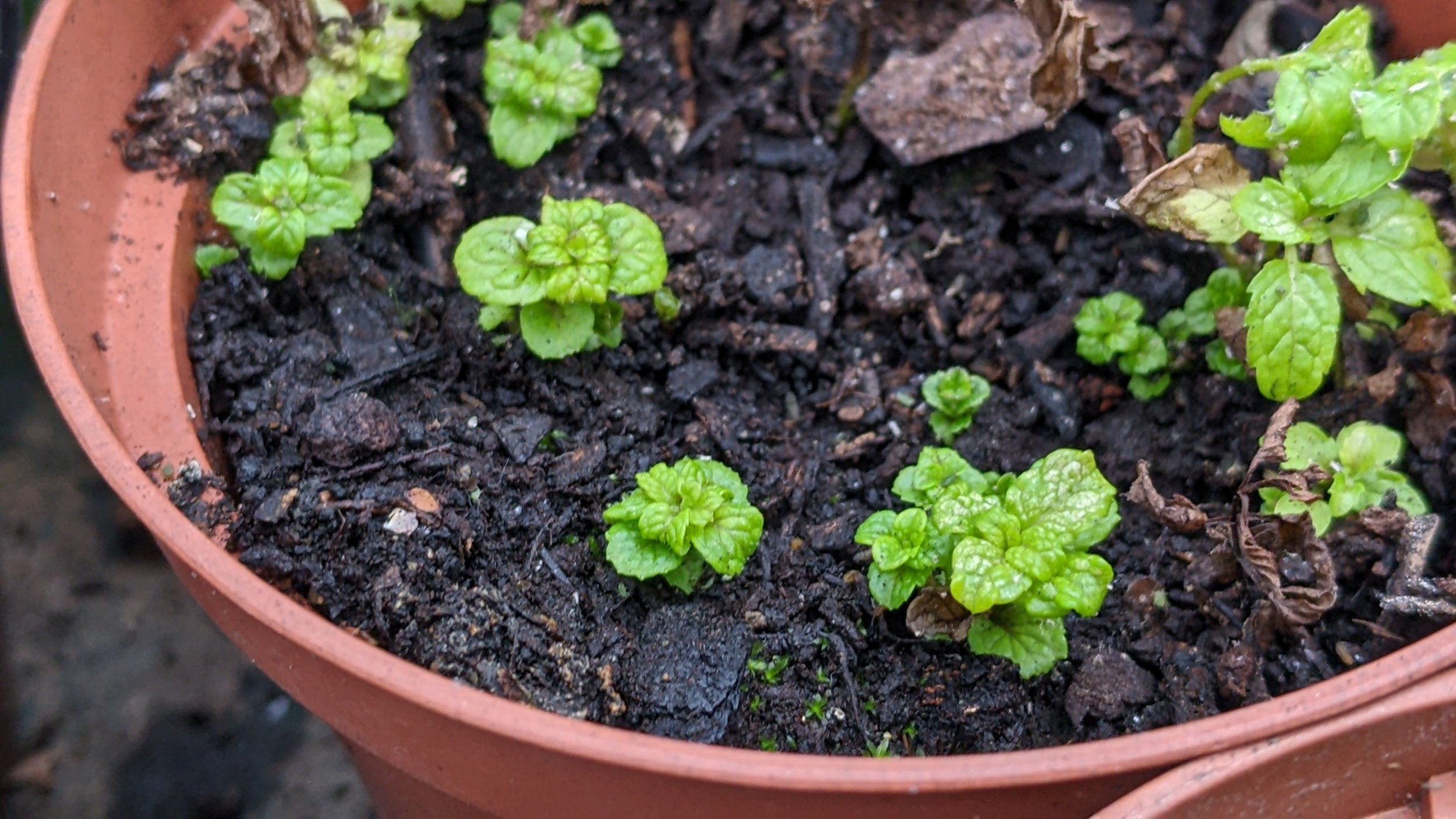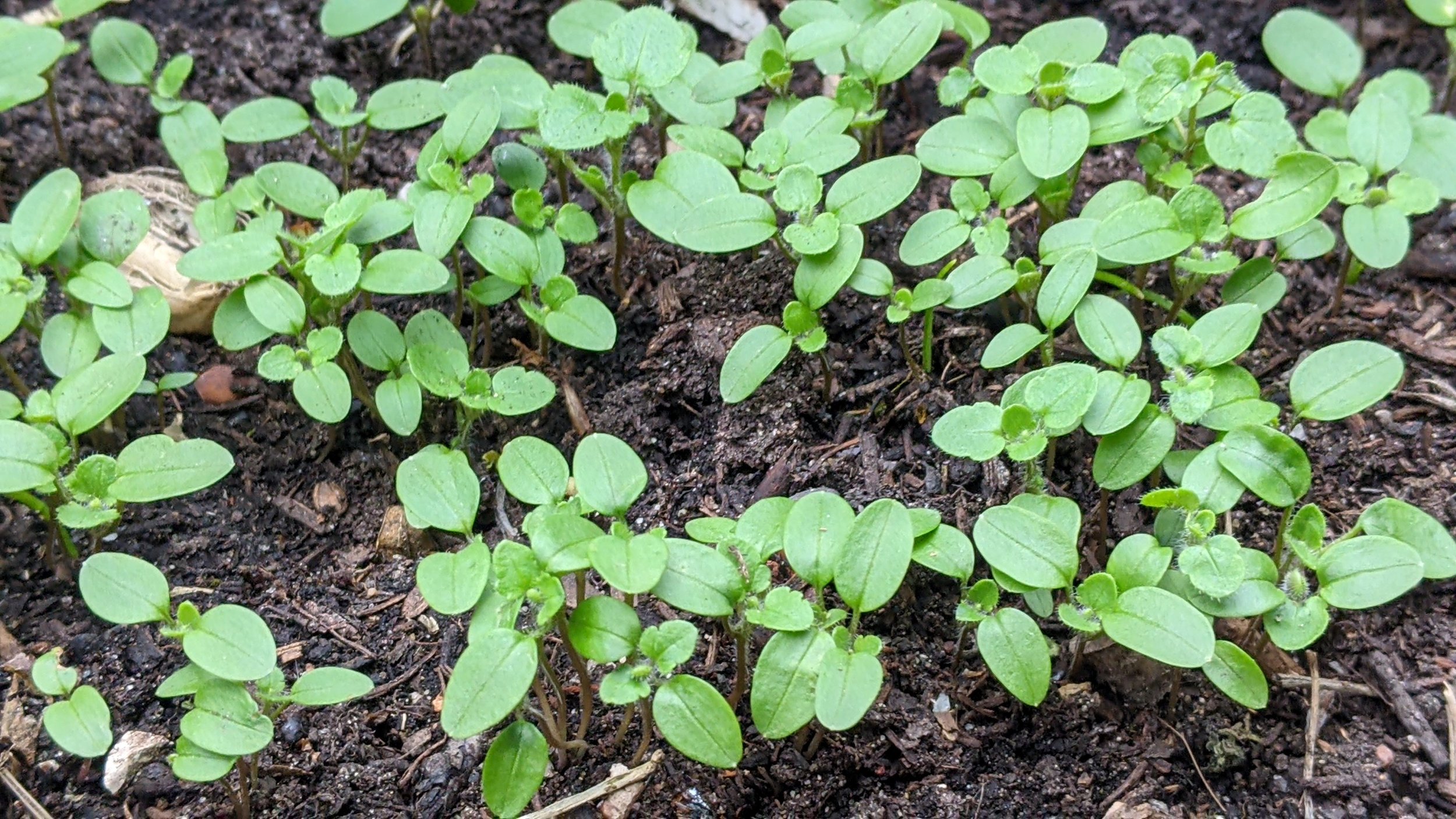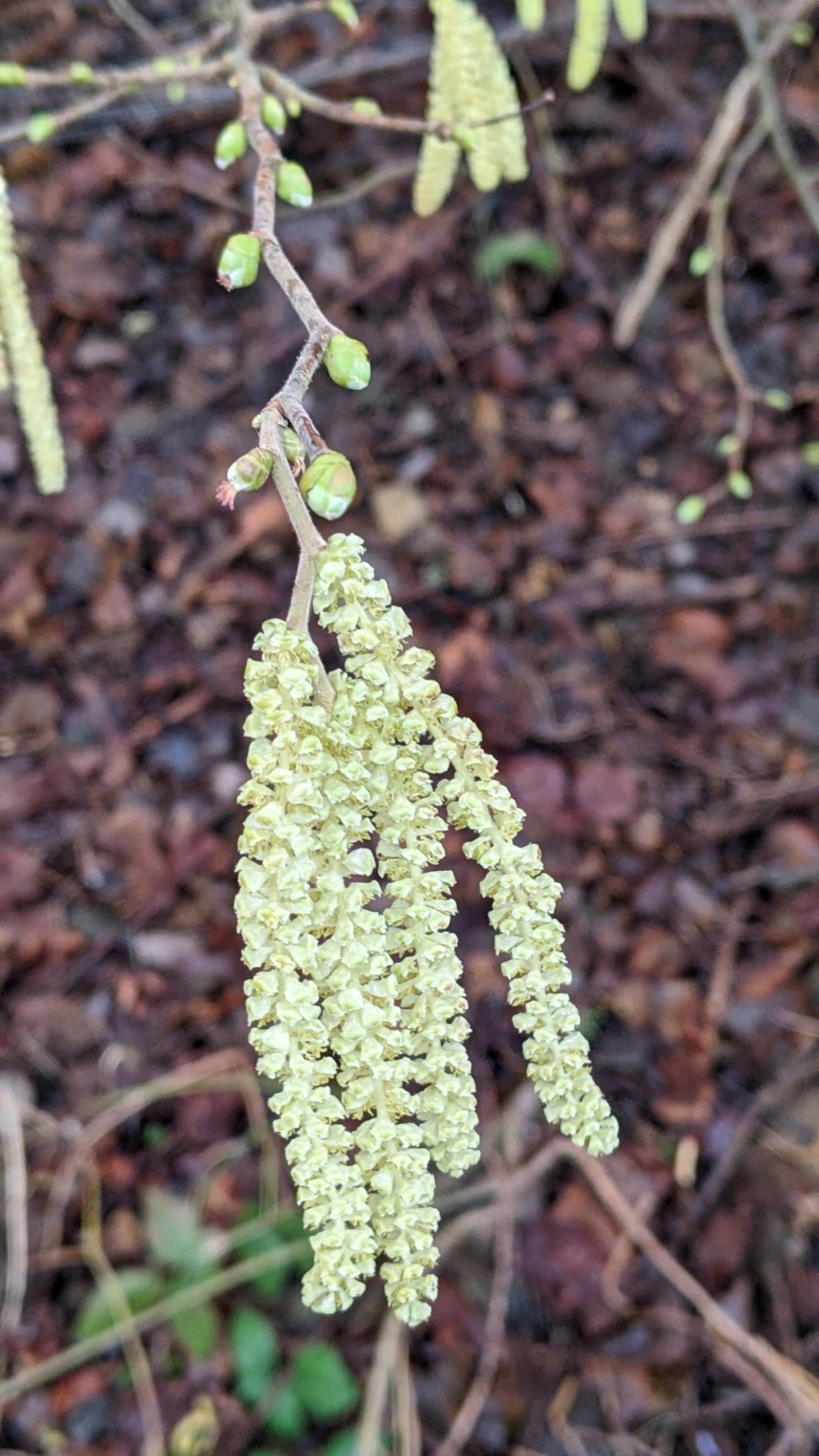First stirrings of spring
/Even though Spring is still a few weeks away, the signs of what is soon to come are already all around us.
We invite you to have a wander around a garden, park, or any green space and look out for these first stirrings of spring.
A few ideas of what you may see:
Swelling buds on trees: Leaf buds form late in summer and just hang in there for a while. Right around now, they start swelling up, ready to explode into leaf soon. It’s such a joy to watch them grow from week to week and imagine the tiny leaflets forming inside. Buds are also a great tree ID feature, and this time of the year is perfect to get to know what the buds of each tree look like.
New shoots emerging on plants: Herbaceous plants are those that die back to a rootstock in winter, saving up and storing their energy under the ground, and then shoot up again in Spring. Many herbs, both wild and cultivated, are herbaceous and are starting to wake up now. Garden herbs to look out for include mint, oregano, lemon balm, catnip, marshmallow and chives; and in the wild you’ll notice nettles, mallow, mugwort, and so many others. Here is some inspiration on what to grow in spring.
Dry stalks and seedheads: Last year’s growth can still be observed in many plants. Leaving dry stalks and seedheads on the plants over winter has a number of benefits in a garden - it can help protect new growth from the elements, such as heavy rain and snow; hollow stems make great winter homes for insects in need of a place to hibernate; Old growth also means you won’t forget where each plant is going to pop up again and accidentally dig the rootstock out in winter; and leaving seedheads on the plants in autumn will most likely mean a bunch of new seedlings popping up in the garden the following Spring.
Seedlings: A lot of seeds have already started germinating, and will be popping up wherever there’s a bit of bare soil.
Birds collecting nesting material: Peak nesting season starts a bit later on in March, but particularly in milder parts of the country, including London, you can see birds starting to collect nesting material as early as now. Some birds, like the long-tailed tit, are well known for being early nesters.
Spring bulbs: Spring flowering bulbs, like Snowdrops, Crocus and Daffodils, would naturally grow in woodlands, so they have evolved to make the most out of this time of the year, when the daylight hours are staring to increase, but trees are not yet in leaf to create shade. Most Spring bulbs are now in leaf, and some have even already started flowering. And it’s not just all about flowers - The delicious Wild garlic and Three Cornered Leek are also bulb plants that pop up early in the year.
Lesser celandine: Just like bulbs, some other plants like the Lesser Celandine (Ficaria verna), are very characteristic of Spring, when they make a brief but assertive appearance. These guys pop up early in the year, quickly cover large areas, flower, and then go dormant for the rest of the year. As one of the first spring flowers to bloom, they provide a valuable nectar source for early insects.
Frogspawn: From late January onwards, frogspawn begins to appear in ponds across the country.
Over the coming months, there’s so much more to watch and enjoy. As spring comes closer and closer, watch out for:
Dawn chorus: Although a few birds (like Robins) sing all throughout winter, most of them really put on a show as the breeding season starts in Spring. Their singing early in the morning each day is known as Dawn chorus and it’s all about defending territory and attracting mates, but for us, it can be just about enjoying this sound spectacle.
Bumblebees and other insects: As more and more plants start flowering, the little guys that feed on them also start showing up. Influenced by the warming temperatures, bumblebees, butterflies, beetles, spiders, ladybugs and more will soon be coming out of hibernation and keep us company in the garden.
Spring blossoming trees: Cherries, Plums, Blackthorns and many others of their relatives flower really early, before they even go into leaf, and their blossom is all so pretty! Hawthorns and Magnolias will also be in flower very soon and their blossoms not only look gorgeous, but they are edible too!
For more ideas check out our Connecting With Nature Spring Guide.























